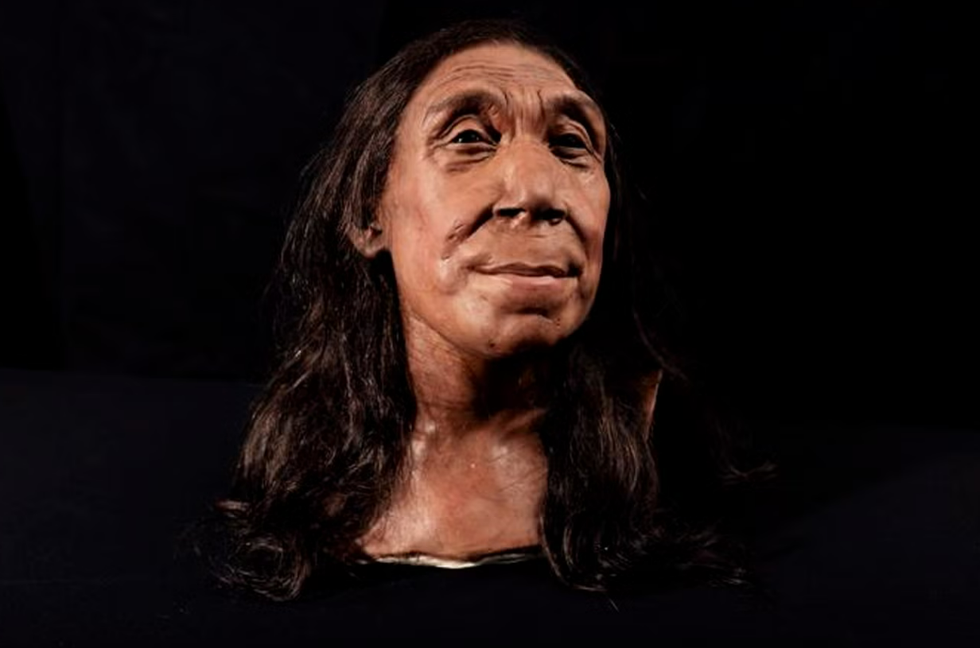Science & Tech
Harry Fletcher
May 02, 2024
Secrets Of The Neanderthals
IVA - Movie Trailers / VideoElephant
History lovers have been offered the chance to look back into the past, after archaeologists reconstructed the face of a Neanderthal woman who lived 75,000 years ago.
The Neanderthal woman, named Shanidar Z, was first found in 2018 in a cave used by the extinct species for funerary rituals.
The cave in Iraqi Kurdistan has been the subject of historical interest and study since the 1950s, when it was found that Neanderthals were laid to rest on beds of flowers, among other idiosyncratic practices.
The remarkable reconstruction and other findings are presented in the new documentary Secrets of the Neanderthals, produced by BBC and released on Netflix worldwide.

Shanidar Z lived around 75,000 years ago, with the species as a whole dying out around 40,000 years ago.
While the skulls of Neanderthals are different to humans, the reconstructed face of Shanidar Z, who lived until the age of around 40, shows that the species resembled humans.
“Neanderthal skulls have huge brow ridges and lack chins, with a projecting midface that results in more prominent noses,” Emma Pomeroy, from Cambridge University’s archaeology department, said. “But the recreated face suggests those differences were not so stark in life.”
“It’s perhaps easier to see how interbreeding occurred between our species, to the extent that almost everyone alive today still has Neanderthal DNA,” Dr Pomeroy, who features in the new film, said.
The process of reconstructing the face of Shanidar Z was a painstaking process, which involved piecing 200 bits of skull together to form its original shape before surface-scanning the reconstructed skull and 3D-printing it, before adding layers of fabricated muscle and skin.
“It’s like a high-stakes 3D jigsaw puzzle. A single block can take over a fortnight to process,” Dr Pomeroy said.
It comes after it was revealed that Neanderthals were far smarter than we previously thought, and used complex adhesives to create effective stone tools.
Sign up for our free indy100 weekly newsletter
How to join the indy100's free WhatsApp channel
Have your say in our news democracy. Click the upvote icon at the top of the page to help raise this article through the indy100 rankings
Top 100
The Conversation (0)














